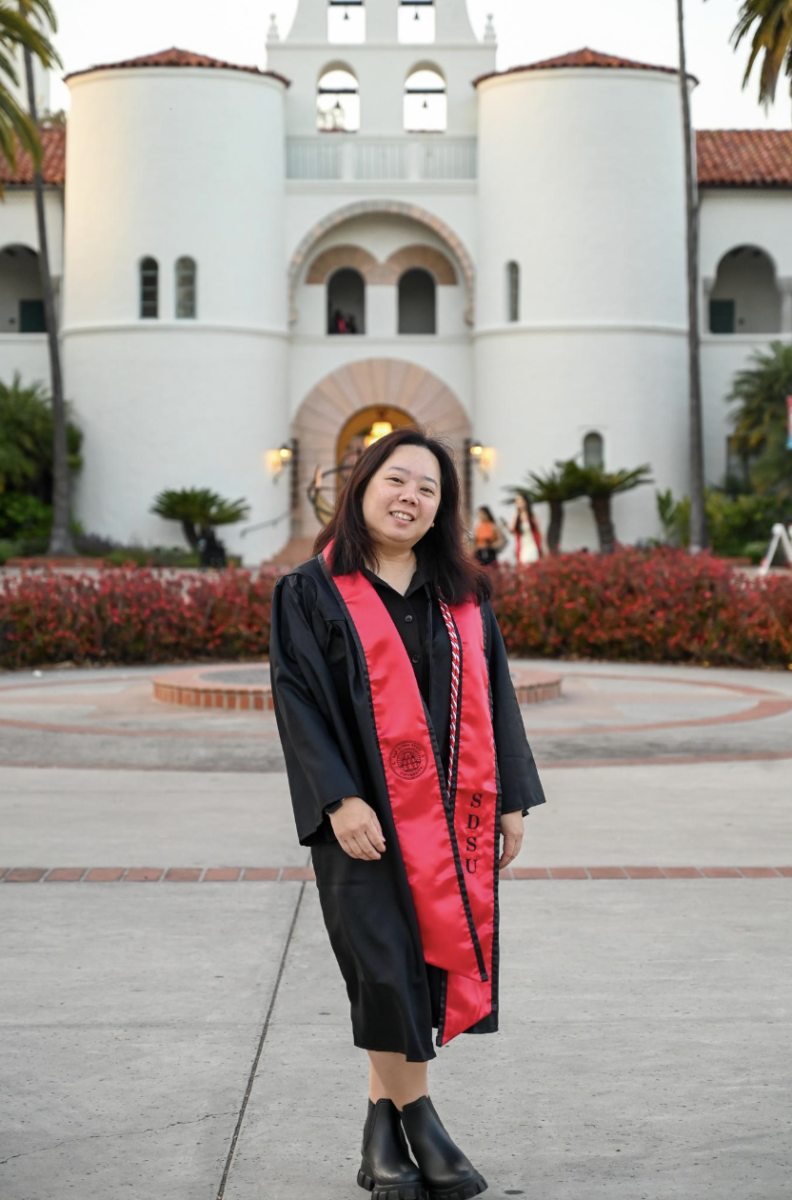“White racism” has recently become a prominent topic in the United States: from white folks claiming the Obamacare tax on tanning beds is “reverse-racist,” to Arizona State University unveiling a new course entitled, “U.S. Race Theory & the Problem of Whiteness.”
Contrary to popular belief, this class is not an attack on anyone who is white — yet there is a growing misconception that it is.
San Diego State sociology professor, Jung Choi, explained the functionality of the ASU course from an academic standpoint.
“It’s an attempt to delineate, carefully, the history of how terms like ‘blackness’ or ‘whiteness’ have been constructed, assigned social values and how they operate in our culture and impact how people experience and view the world,” Choi said.
On the contrary, Fox News anchor, Elizabeth Hasselbeck, and ASU campus correspondent, Lauren Clark, originally covered the story by referring to the class as “… quite unfair and pointed and wrong.”
However, a course like this is meant to raise awareness about the privilege that white people are often unaware of. It’s simply pointing out that with racial privilege, you were also given an innate “leg up” within society.
By admitting that one is privileged because of their race, one also admits that our country is not solely based upon how hard one works, but rather that “many doors open for certain people through no virtues of their own.”
Africana studies professor, and former reporter and writer for publications such as the Daily Nation in Nairobi, Francis Nesbitt, said he thought the class was “completely legitimate.”
“There’s an area that has emerged recently that is called ‘Whiteness studies’ and that’s because most scholars think that ‘Whiteness’ has been invisible, whereas ‘Blackness’ and ‘Latino-ness’ has been very visible in academics,” Nesbitt said. “For years now, ‘Whiteness’ has been seen as the norm, you don’t have to study it. Whereas other groups and other ethnicities are not the norm — in fact they were considered the problem.”
So, I ask: why is it okay to analyze minority races, but analyzing the majority white race in America is viewed as “White racism?”
Personally, I don’t believe in “White racism.” Sure, sometimes white people might face some racial prejudices, but we have never experienced racism. There is a huge difference between prejudice and racism — racism has a history on its side.
Contributor at Everyday Feminism, Jamie Utt, said every time he heard white folks cry racism he couldn’t help but think, “Reverse racism is not real because racial prejudice directed at white people doesn’t have the weight of institutional oppression behind it.”
A Washington Post article and study by the Urban Institute shows that whites make up 88 percent of law enforcement agencies. 87 percent of Congress is white, while 85 percent of the House of Representatives is white. To top it off an overwhelming 96 percent of the Senate is white.
With numbers like these, it’s clear there is a massive disparity when it comes to race in our government. This disparity is also evident in places like Ferguson, where two thirds of the residents are African-American, but 94 percent of the police officers are white.
There seems to be a common misconception that America is a post-racial society, but this could not be further from the truth.
With the massive racial gap in our government, to the unwillingness to acknowledge the role that privilege plays in our lives — we are not post-racial.
This course could help people understand what has lead to this racial divide, and perhaps develop a new perspective on how race affects their own lives.






